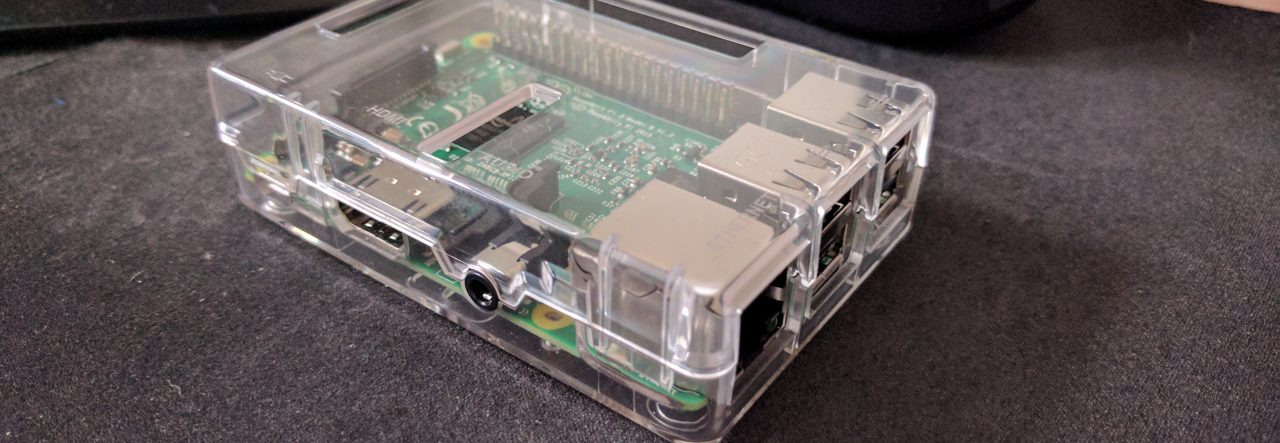A quick note for those of you who are contemplating buying a new computer…
Many times we are entranced by a salesman or a spiffy advertisement to spend a little extra money to go for that slightly faster processor than we originally planned. Well guess what? A computer’s performance can be degraded by many things…not all of which have anything to do with the processor.
In technical terms, we describe these different bottlenecks as “I/O bound” or “CPU bound”. What do these mean? The layman’s description for these terms has to do with what part of your computer is “standing around waiting for something to do.”
An I/O bound process means that your input/output hardware (things like your networking, hard disk drive access, etc.) is going as fast as it can (being utilized 100%) while your processor is standing around waiting for your I/O subsystems to fetch what it needs so it can do its work. In cases like this, that extra money spent on the faster processor is pretty much wasted.
A CPU bound process means that your CPU is working as fast as it can (being utilized at 100%) while your I/O subsystems are waiting for your CPU to give them more work to do. In THESE cases, the shelling out of more money for a faster CPU would make a difference.
But here is the kicker: More often than not, processes are I/O bound…NOT CPU bound! That is, more often than not, your processor is more than fast enough to do what you want…it is the rest of the Input/Output subsystems that cannot keep up!
So what’s a guy or gal to do to get the biggest computing “bang” for his or her computing “buck?” Well, it turns out that MOST of the time, adding additional memory (RAM) decreases I/O bottlenecks…and fortunately for you, RAM memory is a cheap component to increase.
So why would memory (RAM) help with Input/Output intense programs? Well, it has to do with how your computer uses RAM memory.
You see, RAM memory is the “fast” electronic memory your computer uses to hold running programs and their data. This is some of the fastest memory on your computer, and so it is a vital resource when it comes to your system’s performance. Due to some advanced memory techniques (known as virtual memory), when your computer runs short on this fast RAM memory, it starts to use your hard disk (in the form of a “swap file”) as additional RAM memory. The good news about this is that it lets you run more programs that you otherwise could. The bad news is that when your computer begins to use the hard disk in place of RAM memory, things slow WAY down (because a hard drive is MUCH slower than electronic memory).
The solution, you see, is to add more RAM!
Sadly, it has been my experience that most computer vendors today sell computers with far too little RAM. They will sell you a computer with FOUR processors (a quad-core computer) and not enough memory to hold just the operating system (like Windows) plus a complex program (like some of today’s newest games). Fortunately, adding memory today is pretty cheap, and is something with just a small amount of care you can do yourself.
This information that I have presented here holds true for most computing uses. However, there is one field of home computer use that needs more information, and that is the field of hard-core gaming.
Today’s latest computer games (the really graphics-intensive games) rely very heavily on the ability of the graphics card to perform countless computations in order to create a visual experience that rivals real life. If you are a person that is in to such games, then performance problems can also be related to your graphics card (for the non-gamer…the graphics card is rarely a problem). Even here, you have to be careful about buying a suped-up high-performance graphics card and then not giving your computer enough RAM memory to keep from getting bogging down.
I’m not going to go into a detailed discussion of video cards and gaming in this post, as it has already become rather lengthy. I may take that up in another post. But for now, just know that many times you can get better computer performance by adding one or two additional gigabytes of RAM than by spending the money for a faster processor.

Comments are closed.